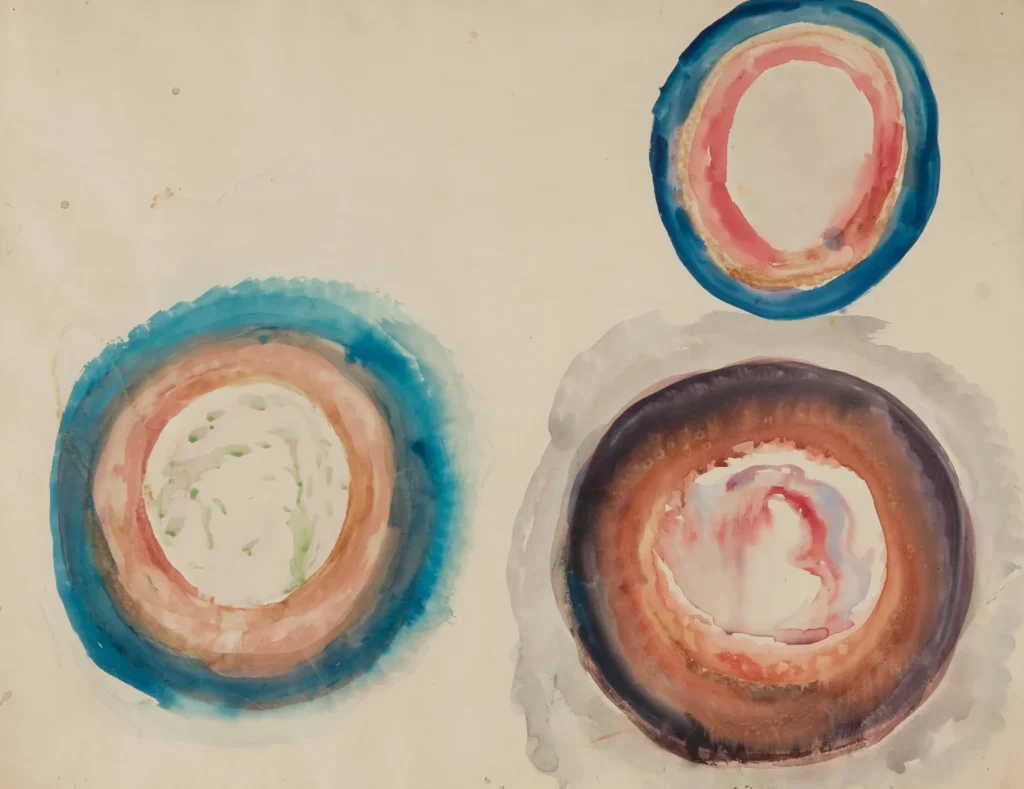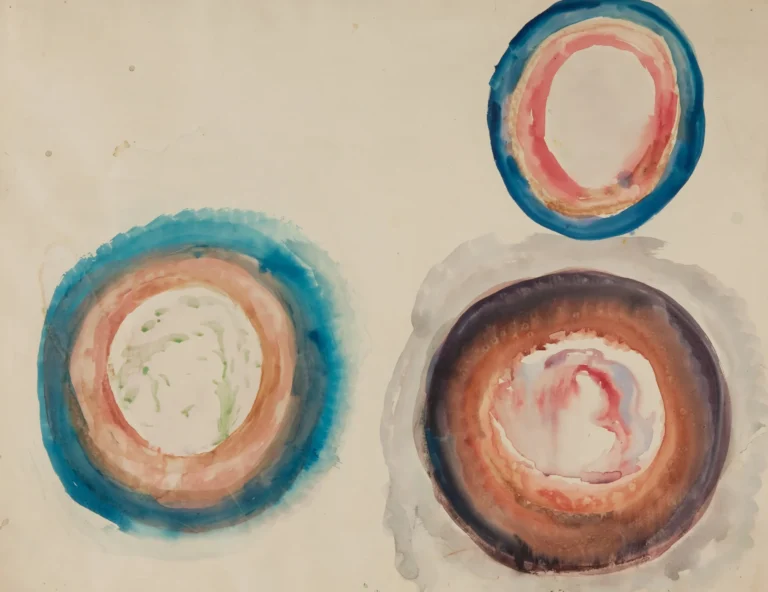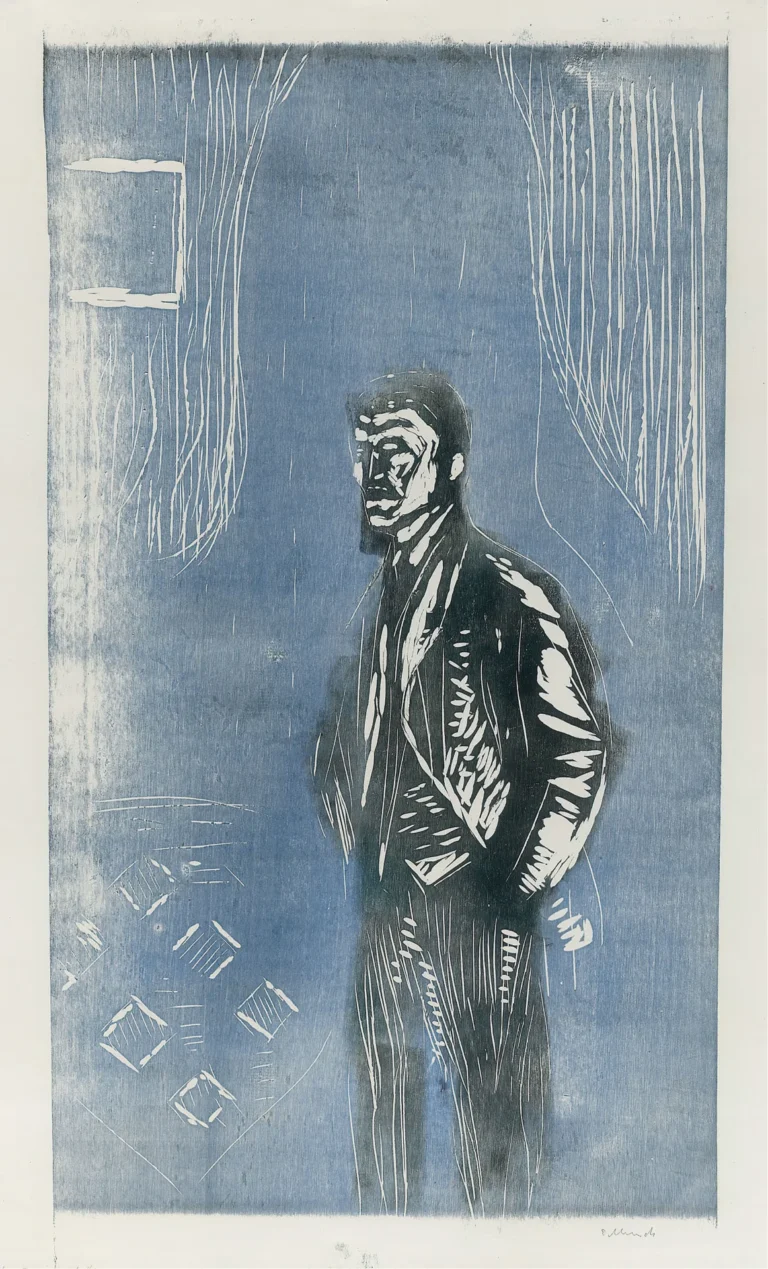Det syke øyet. Optiske illusjoner (1930)
Edvard Munch's 'The Sick Eye' is a striking canvas painted in 1930, focusing on a close-up portrayal of an eye that resonates with mortality and the fragility of health. Often viewed as a self-portrait, it encapsulates Munch's personal struggles with his vision and broader themes of existential angst. The dynamic colors and lines reflect the emotional depth Munch is celebrated for, solidifying his influence in expressionist art.
Year 1930
About the Artwork
Did You Know
Liked what you see? Add it to your collection.
Enjoyed reading? Share it.
... continued
Det syke øyet
The Sick Eye is a work by the Norwegian artist Edvard Munch, created in 1930. This piece is part of Munch's later body of work, which often explored themes of health, mortality, and the human condition.
In The Sick Eye, Munch depicts a close-up of an eye, often interpreted as a self-portrait or a representation of his own experiences with health issues. The eye is rendered in bold, expressive lines and vibrant colors, characteristic of Munch's style. The artwork can be seen as a reflection of Munch's preoccupation with his own health and vision problems, as well as his broader exploration of the human psyche.
Munch's use of bold colors and distorted forms in this piece also aligns with his interest in expressing intense emotions and inner experiences through his art. The Sick Eye is a powerful example of how Munch continued to innovate and express his unique vision even in his later years.










